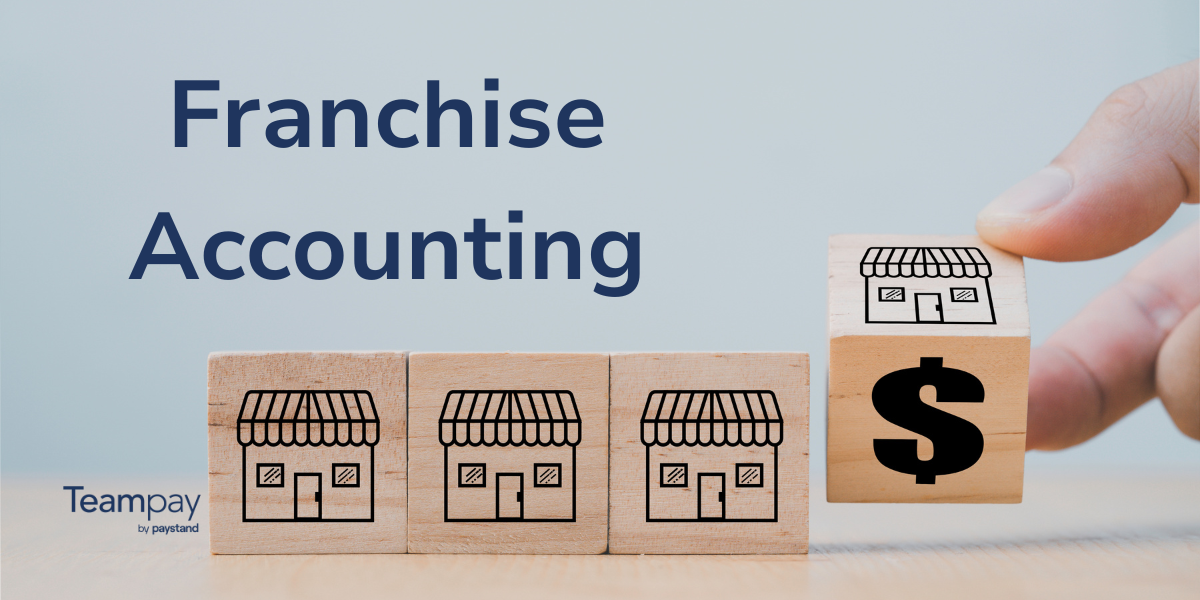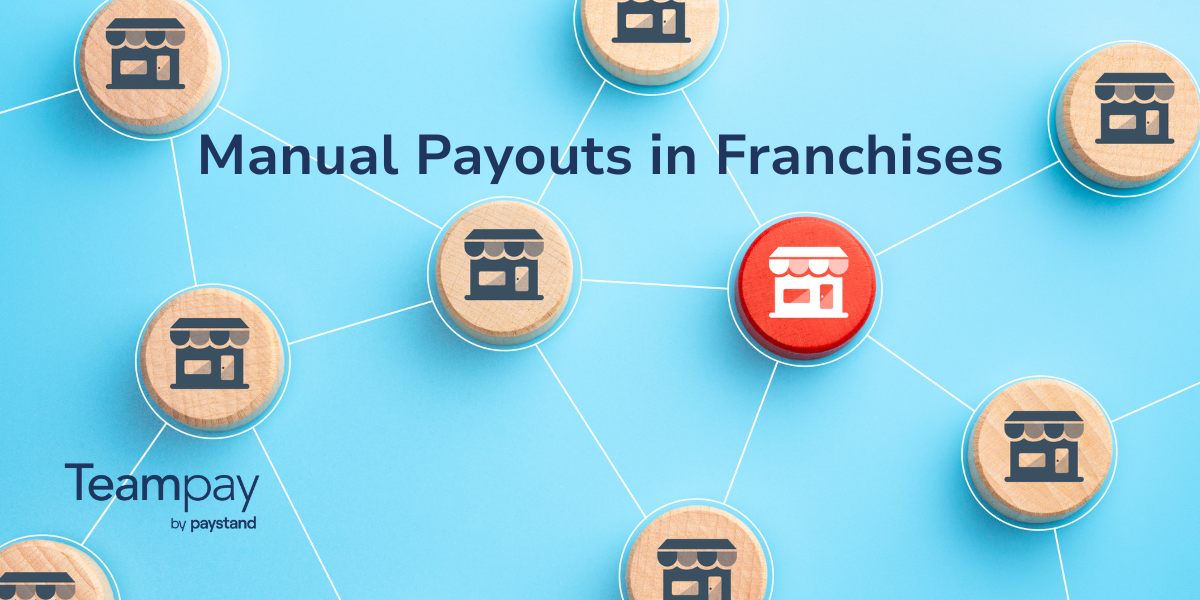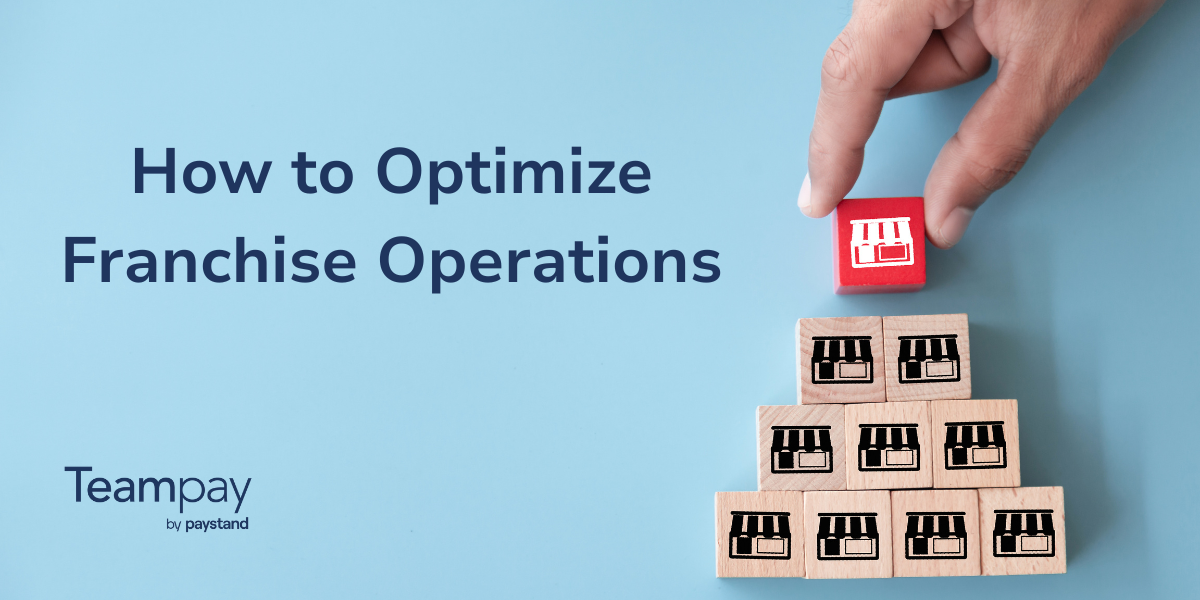Table of Contents
Key Takeaways
- Accounting automation is the practice of mechanizing your accounting workflow.
- Accounting automation can be applied across the department, from invoicing to reporting.
- You can automate your processes through the following 7 simple steps.
People who succeed in accounting do two things extremely well:
One, they understand and embrace the accounting fundamentals that get them results.
Second, they always sweat the little things and reject the idea of taking shortcuts when it comes to bookkeeping, procurement, expenses, invoicing, and any other activity that impacts the bottom line.
For years, this combination has given organizations a foundation they can rely on for quality reporting and statements. But today, many researchers & analysts believe that accounting processes and the profession as a whole are in the crosshairs for automated disruption.
But finance automation isn’t necessarily a bad thing—in fact, it could be one of the best things that has ever happened to the accounting profession. In this blog, we’ll summarize the accounting automation landscape today, why it is the future, and how to implement automation in your accounting processes.
What is automation of accounting?
Accounting automation is the process of shifting from manual tasks to a mechanized workflow. This approach goes beyond simply digitizing the paper workflow—it is a fundamental change to the process.
There are generally two ways to automate accounting functions: Robotic process automation (RPA) and artificial intelligence (AI).
Through RPA, you can automate basic functions, such as expense management, accounts payable (AP), and invoicing. Tasks like matching invoices or receipts to purchase orders are generally repetitive and don’t require in-depth rules. For more complicated functions, AI can be beneficial. Some examples include reconciling accounts and categorizing expenses.
Is it possible to automate accounting?
Some functions you can automate in accounting are:
- Payroll
- Expense management
- Invoicing
- Collections
- Accounts payable
- Accounts receivable
- Data entry
- Audit preparation
- Reporting
- Procurement
While many tasks can be automated, you’ll want to start with one particular function and gradually increase automation over time for the best results. For example, you may decide to automate invoicing before implementing reconciliation solutions. Which area you should start with depends on your specific business needs.
Will automation replace accountants?
For the past decade, it hasn’t been a question of whether automation will play a role in the accounting profession—now it’s a question of exactly how automation will influence accounting. A study conducted by Deloitte on the probability of future automation gives us an idea of what the future holds for accounting roles:

Essentially, no, automation can never replace people. This is because accounting requires a higher level of nuance, especially when strategizing cash flow strategies and nurturing internal and external relationships. Automation, as a new technology, has made such an impression on the industry that 96% of accountants think that it is essential for the profession.
Benefits of accounting automation
1. More time to focus on strategic activities
In a recent piece in the Wall Street Journal, Charles Holley, former CFO of Wal-Mart, explained a few key things that CEOs want from their financial leaders, including:
- understanding and challenging the business strategy,
- building strong relationships with business leaders,
- offering solutions, and
- making sure the financial reporting, controllership and accounting are under control.
An increased level of automation allows accounts to focus on these things instead of just number-crunching. The best organizations know their financial talent can offer strategic insight and advice on compliance, cost savings and threats within the company.
2. Increased productivity across the entire team
One of the most exciting aspects of automation is the increase in productivity. Even if your company only has a one- or two-person accounting team, automated finance solutions can free up their time and energy.
An accountant who was once tasked with managing everything from bookkeeping to credit card reconciliation can now take care of these tasks through an automated system. With modern computing technology and finance software, it’s easy for receipts to be scanned and filed, purchase orders to be approved with the click of a button and virtual credit cards to be distributed to ensure accountability.
3. More accurate reporting
While productivity is an important reason for accountants to embrace automation, human nature also carries some of the blame for automation’s continued rise in this profession. You see, just as humans driving increases the likelihood of car accidents, humans using accounting software increases the likelihood of accounting accidents.
Technology and artificial intelligence are relatively free of human bias and are not influenced by distractions that can lead to typos or rounding errors. Of course we all strive to be perfect in our work, but the reality is that perfection is impossible. Humans make mistakes and automation can help reduce room for error.
4. More focus on delivering insights from data
As automated systems and workflows reduce the amount of repetitive grunt work, accountants spend less time tackling routine tasks and more time applying analytical thinking to unlock insights. Though software will almost certainly assist in delivering insights, there’s still no replacing the value that an accounting professional brings to the table when it comes to turning data into valuable insights.
7 steps to automate your accounting process and accounting automation examples
.png)
Step 1: Take stock of current accounting tools and processes
The first step towards accounting automation is doing a drill down on what tools and processes you currently use to figure out what works, what doesn’t, and what your priorities are.
First, create a list of every tool that impacts your financial process. Your core system should come first, but any peripheral tools or software you use should go here too. For example, if you use a ticketing software that is central to the way you process payments and needs to feed information into your ledger, list it. Separate tools that you could swap, as well as those secondary tools that are important but can’t be changed for the sake of accounting automation (like that ticketing software).

To assess what is working and what could be improved, chart the process for how your accounting gets done. How are day-to-day decisions made? How is a year-end report generated? What about recurring purchases? Laying out the path for your most-used processes will quickly surface where you have room for automation.
Finally, talk to everyone who uses your accounting software — not just your accountants. Anyone who is submitting an expense report or using the company card should give feedback. A short survey is a quick way to track what is working and what isn’t. Collect the surveys and sort them into groups of similar issues, then save that list — it’s what you should use when you’re assessing what additional automation functions your team would benefit from.
Step 2: Choose a core accounting software
For full accounting automation, you need to use a dedicated core software for accounting — not Excel. Older versions of Excel are notorious for limiting collaboration, and the software isn’t cut out for the robust storage and team manipulation that financial workers use for today. Corporations are moving away from Excel because employees spend more time trying to work with the data than analyzing insights.
A dedicated accounting system makes it possible to immediately upgrade your automation. For example, you can set up recurring invoices or expenses, you have more robust reporting options, and you can associate a fixed cost with a certain vendor purchase.
Evaluating Software
There are several considerations when choosing from core accounting software:
- Pay attention to special features, where companies are more likely to differentiate and offer the most value.
- Price is always a question, and you will want to find something that fits your budget. Most software operates on a scale system where you will be charged more for more team members or features.
- Security features are non-negotiable. While it’s reasonable to expect that most major accounting software is up to snuff, look for accreditations, read the fine print, and aim for multi-factor authentication (MFA) options.
- Integrations both offer greater automation of your processes. It is essential to know if your core software will support APIs and other integrations is an important consideration to make up-front.
- User experience is the last major consideration. If it’s not usable, staff and customer adoption will be challenging.
Step 3: Move your data and allow for an adjustment period
After you’ve chosen your software, you need to move your data over. Some accounting software will offer a service that migrates your data for you, so check or ask what options are available before going about everything yourself. Then, outline a migration plan that identifies what data you need to transfer and how you’re archiving any old information.
You need to make sure that your finance team fully adjusts to your core software after migration. If you don’t set aside time to let your finance team learn the ins and outs of your new platform, adding extra integrations for further automation will end in frustration and chaos.
The first step is to formally onboard the team. Usually, SaaS companies will provide help switching over to a new system and a robust help library. Your software provider will want you to be happy with their product, so reach out if you need additional help.
Then, give everyone time to get their hands dirty in the system. Give it a few weeks before you add any additional software, integrations or processes into the mix. Your core team should feel confident executing all basic functions and problem solving in the software before you continue.
Step 4: Identify additional automations
The core software you choose is your foundation and it will allow you the most opportunity to build out an accounting automation suite for yourself. To do that, you’ll need to identify the opportunities you have to use additional pieces of software to address your remaining major pain points.
Maybe for your accountants, difficulty with recurring expenses was a huge problem — one that you solved with your core software. But purchasing approval is driving your managers nuts, even with your new software. That’s the type of thing that you can further automate with additional tools.
Finding additional software
A good place to start searching for integrations is your core platform’s website. They are likely to have a list of apps that they integrate with. This will be a good way to get a feel for the offerings that are out there.Then, you can branch out to looking at other tools based on your specific concerns.
- Teams that rely on Slack might look at Slack’s suite of finance apps.
- Teams that want to simplify expenses might look at software like Teampay.
- Teams that want to integrate their finances with other major systems, like Google Analytics, might look at software like Klipfolio.
- Teams that want to create automations between two core platforms (like Stripe and QuickBooks) might look at software that creates custom connections, like Zapier.
For any additional automation that you put into place, you’ll want to consider many of the same things that affected your core platform choice: cost, user experience and compatibility.
Step 5: Integrate and test additional automations
Once you identify additional automations, you have to integrate them and do a dry run to see how well they work. Block out a couple of weeks to have those in charge of the processes you’re automating before rolling them out to the entire team.
You may find, in the process of testing, that some tools don’t work as well as you thought or aren’t quite what you were looking for. This is also a great chance to pull or replace tools before an entire company adjusts to them.
Step 6: Communicate process changes
Even the best accounting automation requires that humans do something — usually spend the money. If your team isn’t using the tools, or isn’t using them properly, you’re just wasting money on software.
Set aside time to brief the whole company on what has changed and how it affects them. Give an overview of the tools and make sure that you’re identifying where people can go to answer their questions — is a person in charge? Is there a help library?
Encourage the team to ask questions publicly as they start to use your new tools. This will help everyone acclimate and reduce the volume of questions on those in charge of the transition.
Step 7: Monitor and prosper
Now that you’ve set everything in place, it’s time to let your tools roll. The catch is that prospering isn’t necessarily a given. You should keep a close eye on:
- How your employees feel about the new systems — are they seeing less of the pain points you identified in step 1?
- The efficiency of your team — that is, the amount of time your finance team is spending on completing basic tasks versus the amount of time they’re spending doing more complex analysis.
- Shifts in the quality of your data and the amount of time you spend fixing errors. (Hint: quality should be going up and errors should be going down!)
- Discoveries of financial redundancies or inappropriate spend.
While some benefits of accounting automation will appear immediately, others will take time. It might not be immediately obvious how much easier your quarterly report is going to be, for example. Don’t jump to conclusions about your new software, but do monitor to make sure that you’re getting the most out of your new system.
Upgrade your finance and accounting automation
When you recognize that the work of a finance professional goes beyond number-crunching, you can quickly see why it will be challenging to automate the role entirely. While we agree with the experts that repetitive tasks will be replaced by automation, we believe that this level of automation will amplify talent rather than replace it.
At Teampay, we’re striving to automate processes that are repetitive, so you can focus on things that matter. Our virtual card platform makes it easy to give credit cards to employees, track their spending and ensure that spend management results in transparency and accountability within your company.
Discover how Teampay can transform your accounting process with automation and book a demo today.












